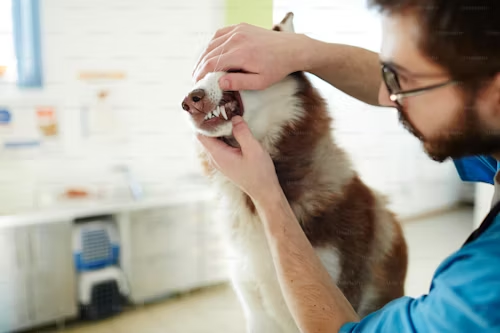How to Administer Medication to Cats and Dogs Safely

Introduction
- Importance of proper medication administration for pets.
- Overview of the challenges and goals in ensuring pets receive their medications correctly.
Understanding Pet Medications
- Types of Medications
- Oral medications: tablets, capsules, liquids.
- Topical medications: creams, ointments, spot-on treatments.
- Injectable medications: insulins, vaccines.
- Reading Labels and Instructions
- Understanding dosage instructions and frequency.
- Recognizing common medication side effects and interactions.
Preparing for Medication Administration
- Gathering Supplies
- Necessary items: medication, pill pockets, syringes, treats.
- Keeping medications in their original packaging.
- Creating a Calm Environment
- Setting up a quiet, distraction-free area.
- Ensuring you have a comfortable space to work with your pet.
Administering Oral Medications
- Pills and Capsules
- Using pill pockets or treats: techniques for successful administration.
- Manual methods: placing the pill directly in the mouth and encouraging swallowing.
- Tips for hiding pills in food or using a pill dispenser.
- Liquid Medications
- Measuring doses accurately with syringes or droppers.
- Techniques for safely administering liquid medication: holding the pet and positioning the syringe.
Applying Topical Medications
- Creams and Ointments
- How to apply medications to the affected area.
- Preventing your pet from licking or scratching the treated area.
- Spot-On Treatments
- Proper application techniques to ensure effectiveness.
- Ensuring the medication is applied correctly and avoiding contact with other pets.
Administering Injectable Medications
- Insulin Injections
- Preparing the insulin and syringes.
- Proper injection techniques and common sites for administration.
- Monitoring blood sugar levels and managing insulin needs.
- Vaccinations
- Following veterinary guidance for vaccination schedules.
- Understanding potential reactions and follow-up care.
Handling Difficult Situations
- Managing a Fearful or Aggressive Pet
- Techniques for calming an anxious pet.
- When to seek assistance from a veterinarian or professional pet handler.
- Dealing with Missed Doses
- Steps to take if a dose is missed: how soon to administer the next dose.
- Avoiding doubling up on doses.
- Storing Medications Properly
- Ensuring medications are kept at the correct temperature and away from light.
- Understanding expiration dates and proper disposal methods.
Monitoring and Follow-Up
- Observing for Side Effects
- Common side effects to watch for and when to contact your vet.
- Keeping a medication log to track any changes in your pet’s health.
- Regular Vet Check-Ups
- Importance of follow-up appointments to assess medication effectiveness and adjust dosages as needed.
Resources and Support
- Veterinary Advice
- Encouragement to consult with your vet for any questions or concerns about medication.
- Online Resources
- Links to reliable pet health websites and support groups for additional information.




